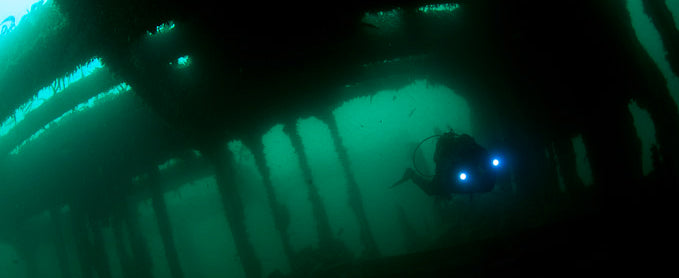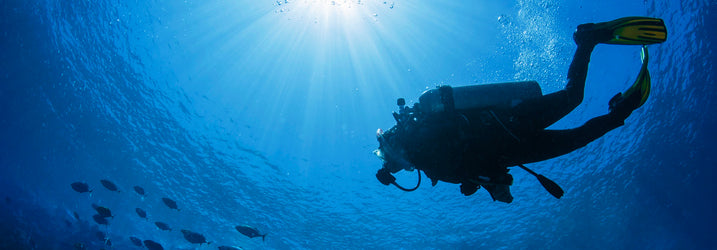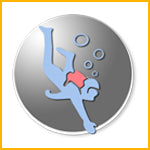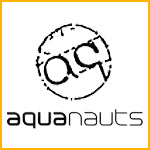
DIVING
Scuba Diving & Snorkelling in Devon

The James Eagan Layne was hit by a torpedo, from the German submarine U-1195, nearby the Eddystone reef and lighthouse. Badly damaged, she was towed by Admiralty tugs towards Plymouth in an attempt to save as much cargo as possible. Unfortunately, on her way back, the stern collapsed, causing her to sink in Whitsand Bay where she now rests in an upright position on a sandy seabed pointing north towards the shore. After the James Eagan Lane initially sunk her masts and funnel could be seen sticking out of the water, these have since been removed and can be seen on the seabed on the port side. A vast majority of he cargo was removed before she sank, however some of her cargo can still be seen in parts of her 5 holds.
Easy entry to no 1 and 2 holds, which hold many railway rolling stock wheels. Fallen decking now covers the main engine. Along the port side are vast sheets of white anemones and dead mans fingers. The stern has broken off by No 5 hold and now lies southwest of the main wreck. The stern section is linked by a rope, which can be easily followed.
To add a new dimension to your dive, check out Promare's Underwater Tour of the James Eagan Layne, courtesy of The Ships Project.
http://www.promare.co.uk/liberty70/tour.html




